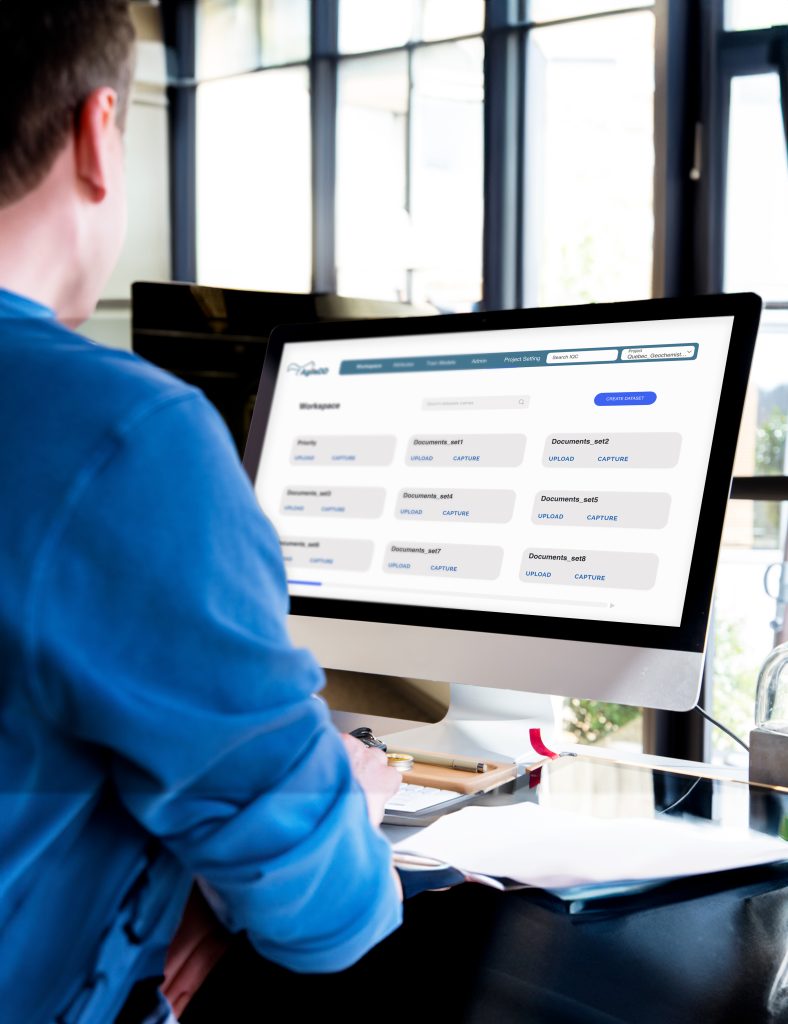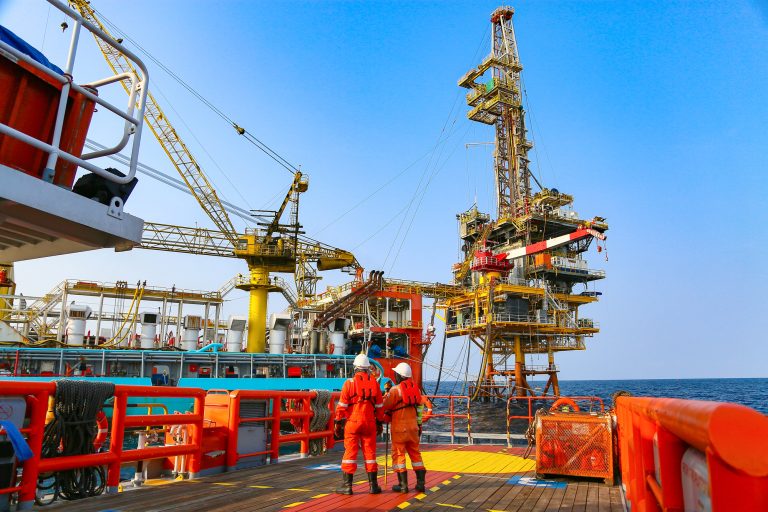Energy
- Home
- Energy
Fueling Smarter Energy Decisions with
Human-Guided AI
In the energy industry, data is power. From exploration and production to distribution and asset management, energy companies possess vast document repositories that hold the key to fueling data-driven decisions from the rig floor to the top floor.
However, the sheer volume and complexity of these documents can make it challenging to harness their full potential, leaving valuable insights untapped.
That’s where AgileDD comes in.
Our human-guided AI platform is designed to empower energy professionals by combining the power of advanced AI with their invaluable expertise.
By leveraging our technology, technicians and decision-makers in the energy industry can efficiently handle vast amounts of information from numerous documents, enabling them to make better and safer decisions that drive operational excellence and innovation.
With AgileDD, you can:
Extract Critical Insights:
Extract and utilize critical insights from your vast repository of unstructured documents, transforming raw data into actionable intelligence.
Identify Patterns:
Identify hidden patterns and opportunities that traditional methods might overlook by accessing and analyzing a broader range of information.
Involve Experts:
Involve your experts in the AI-driven insights process, enabling them to validate, refine, and contextualize the information extracted from your documents, ensuring accuracy and relevance.
Customize and Adapt:
Customize our agile platform to meet the unique needs of your energy business.

Empowering Energy Professionals at Every Level
AgileDD is a collaborative platform that empowers energy professionals across your organization to leverage the power of AI while applying their unique expertise and domain knowledge.
Our human-in-the-loop approach ensures that the insights generated are not only accurate but also relevant and actionable for each specific role.
Frequently Asked Questions
Can AgileDD classify a large, diverse set of energy documents, including wireline logs, cased-hole logs, drilling reports, VSP, geology reports, core measurements and much more
Sure, the AgileDD document classification is very robust and extremely adaptable because it is based on human supervision.
With AgileDD you can define the categories that fit the needs of the end users.
That means that legacy classification can be used to accelerate the training process.
Secondly, the AgileDD’s classification process takes into account that a document like an End of Well report may contain several types of information.
Therefore, it is possible to associate several tags to a document and also ask for several tags per document at the time of the inference.
In addition to the classification of documents, the AgileDD platform can also classify the document contents at the scale of a page.
The figures and tabular data can also be classified by our platform.
Does AgileDD provide a reliable way to capture tabular data like well deviation, core analysis, and production data?
Yes, our tabular data extraction is extremely reliable because the human is in the middle of the loop to guide it.
The capture of tabular data implies the detection of the table, the classification of the table according to their contents and the segmentation of the table to detect the cells and associate them with a column header and a line header.
The human is in the loop to guide the table classification, improve the segmentation either manually by downloading table table into Excel or trying several automatics segmentations available in the platform.
Can users chat with their documents using AgileDD?
Absolutely! The AgileDD solution provides an LLM-based chatbot for you to query your documents in natural language.
Thanks to an advanced search tool and the RAG technology (Retrieval Augmented Generation), it is possible to query one or several documents with some very satisfactory replies.
AgileDD makes possible the use of commercial and very large LLM such as ChatGPT or Gemini only available on external APIs or opensource LLM as Mistral, Llama, Falcon or Bloom which can be installed locally and eventually locally fine-tuned.
Using the AgileDD chatbot you will be fascinated with the possibility to discuss some subsurface topics with all the geologists and engineers who have been working on you asset before!
What well data can be captured from a well log header using AgileDD?
Thanks to its advanced user interface, it is very easy to train supervized models to detect target information from the well log header.
Our platform will allow:
- -Classify the logs per category
- -Detecting the well name and well metadata like the country, the county, the well head coordinates, the well total depths (driller and logger), the spud date …
- -Detect the logging service name and associated metadata like the logged intervals, the logging date, the run numbers, the unit number, the log mnemonics, the logging company, etc.
This capture of key information can be done using either a LLM or a highly focused and accurate supervized model fine-tuned locally by the data experts.
How can information captured by AgileDD be integrated into staging or corporate databases?
AgileDD is agile! This platform is made-up of a set of APIs used for the UI and all the AI tasks.
Using the APIs you can build workflows to extract the information from documents using existing models or to access pre-captured information and to output into structured formats such as CSV, JSON formats or SQL input records.
How does AgileDD handle versioning of trained or fine-tuned models?
Maturing a model may be a continuous and iterative process which is important to monitor. Versioning the models and knowing their main characteristics is also very important.
Therefore, we have developed a model governance tool to access the characteristics of the models such as their training data, the performance (precision, recall, F1-score) or the way they converge in the case of a computer vision model.
All this information is important for the project manager to select the right model version, the one which has the best performance for it needs.
Can AgileDD analyze well lithological columns?
Definitively yes.
The geology of the well is frequently reported as a log with text description and/or graphical intervals. AgileDD can be trained to capture the graphical pattern describing the intervals, the symbols of shows and to detect the geological descriptions.
The descriptions can be analyzed to recognize the lithology, the petrophysical characteristics and the structural information.
As with any capture of information done by the AgileDD platform, the information is perfectly sourced by its location in the document and can be exported along the well depth axis.
How can AgileDD help find mentions of specific reservoir layers in diverse exploration reports?
Once injected into our platform, you can directly start exploring your data set and be guided for this type of “needle in the haystack” data capture.
At first you can use our advanced search which not only uses the full-text index of your documents but also integrates some filtering options on the classification, the text or graphical detections you may have done earlier.
You can also continue the search using the chatbot and get more detailed and sourced occurrences of the mineralization you are looking for.
Thanks to the RAG (Reinforced Augmented Generation), advanced prompt for In Context Learning, your information capture strategy will be based on some geological reasoning and not only keyword filtering.
If needed, this can be completed by fine-tuning a generative AI model to specialize it run very accurately this type of search with a very high level of accuracy and exhaustivity.

Leverage AI models to capture and utilize the valuable experience of previous geoscientists who have worked on the same asset.
Develop custom AI models to detect unique geological patterns identified by previous authors, leveraging their insights to improve reservoir characterization, well placement, and production optimization.
Train these models to find similarities between current observations and past descriptions of the subsurface, validating the AI-generated insights to ensure accuracy and alignment with best practices.
Train AI models to generate operations checklists or procedures from the engineering documentation
Adapt AI models to populate maintenance databases using manufacturers’ documentation, ensuring data accuracy and relevance
Utilize human-guided AI insights to streamline decision-making, reduce downtime, and improve overall asset performance.
Collaborate with domain experts to validate and interpret AI-generated insights, ensuring they are meaningful and actionable for the business.
Enhance the accuracy and relevance of AI models by curating training data, selecting appropriate algorithms, and fine-tuning model parameters based on their data science expertise.
Seamlessly integrate the AI-based API into your current data flow to harness all the advantages of AI without completely redesigning your data architecture.
Develop custom AI applications and workflows that address the unique challenges and opportunities of the energy industry, with the flexibility to adapt as needs evolve.
Leverage insights to identify trends, risks, and opportunities that may impact strategic decisions, such as investments, partnerships, and market positioning.
Collaborate with cross-functional teams to validate and prioritize recommendations, ensuring alignment with overall business objectives.
Foster a data-driven culture by promoting the adoption of human-guided AI across the organization, empowering employees to make informed decisions at every level.

